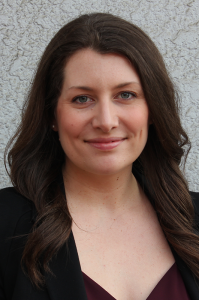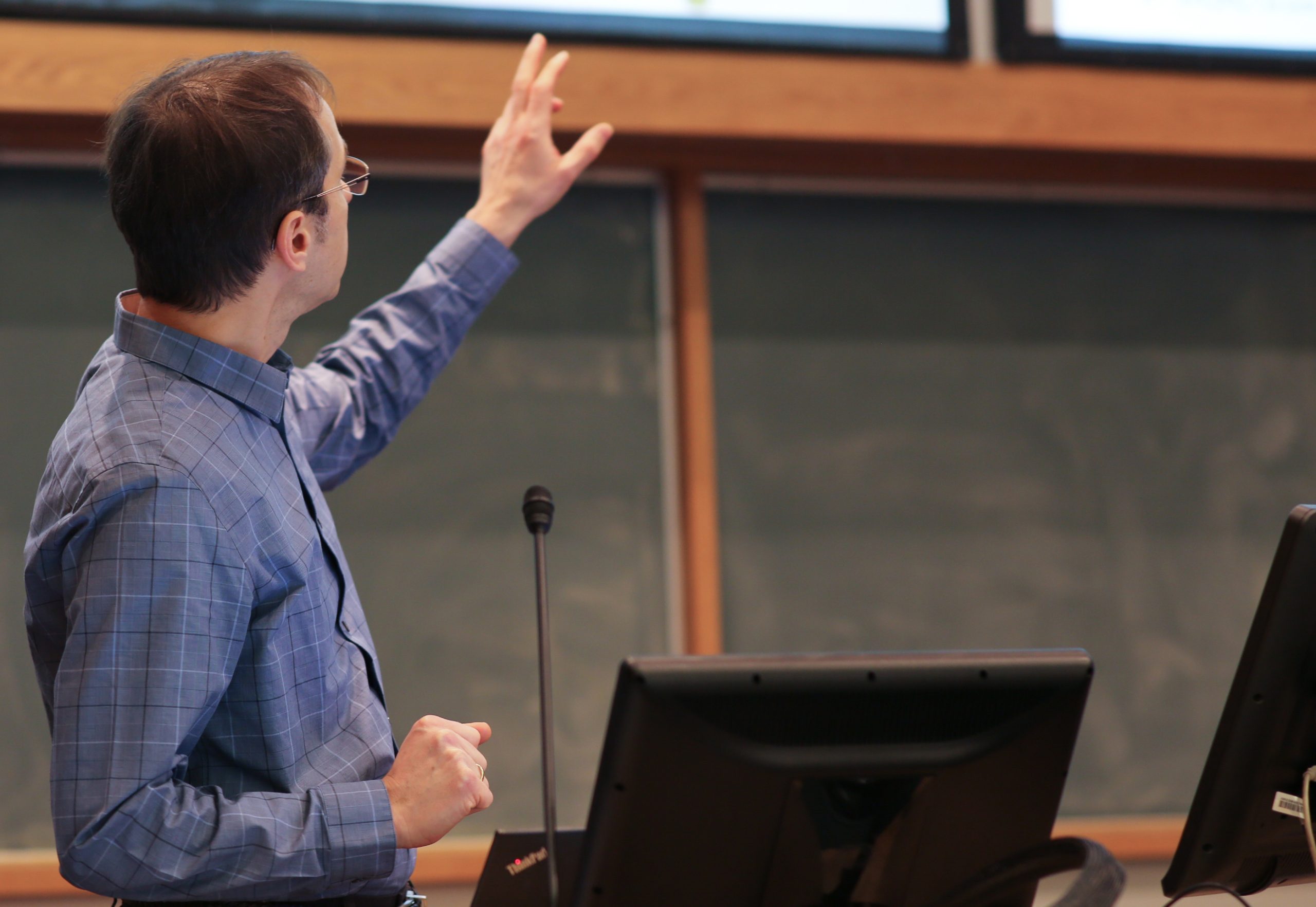With pregnancy, comes big decisions. Shall we find out the sex? Where should I give birth? What pain relief should I choose? For people who have previously undergone a Caesarean section (C-section), a key consideration is whether to give birth to their next child vaginally or by repeat C-section.

A new study, led by CHÉOS Scientist Dr. Sarah Munro and supported by funding from the Michael Smith Foundation for Health Research, surveyed 307 health care providers who were involved in maternity care in British Columbia — family physicians, midwives, obstetricians, and registered nurses. The study aimed to understand the factors that influence how the providers support choices for mode of birth after C-section and what affects shared decision-making (SDM) between the care provider and patient.
SDM is vital for optimal maternity care; families must be supported to make informed choices, and SDM encourages health care providers to collaborate with their patients and help them make informed decisions that are in line with their preferences and needs. This was reiterated by the participating care providers who, as part of the study, chose a preferred model of SDM when making the final decision for mode of birth after C-section. Preferred models included recommending a mode of birth to the parent-to-be and allowing them to make the final decision or the care provider and pregnant person making the decision together.
“SDM is not just about the final decision, it’s about the process,” clarified Dr. Munro. “There are some really complex decisions involved in childbirth, and families want their health care team to be involved. Families need to be informed and value discussions of individualized risks and benefits.”
In B.C., around one-third of births are via C-section. Of those who have previously had a C-section, more than three-quarters are eligible for a subsequent vaginal birth, but only a third choose to attempt it despite it being considered a recommended option in low-risk pregnancies. This is a very personal decision, as Dr. Munro explained, “Some people prefer having a repeat C-section for predictability and control. So much is uncertain in pregnancy and birth, especially with COVID-19, so planning towards a specific due date gives the family something to have control over. Other families may feel an increased sense of control and satisfaction with a planned vaginal birth after C-section (VBAC).”
For the health care providers, environmental factors may influence their perception of VBAC and the appropriate use of SDM. These perceptions are affected by the reality that, when considering a VBAC, it is important to have the ability to perform an emergency C-section as a back-up plan.
“In our survey, we found that the odds of a clinician thinking that it takes too long to perform an emergency C-section were 3.3-times higher for those at small- and medium-sized hospitals compared with those who practice at large and extra-large hospitals,” said Dr. Munro. “When asked why this was, clinicians clarified that it’s due to competing access to the operating room; they are not large enough as a site to have a dedicated maternity operating room. In addition, small- and medium-size hospitals often don’t have anaesthesiologists or surgeons on-call in the hospital, whereas in large or extra-large hospitals, those clinicians are typically on-site.” These safety perceptions may subsequently impact how care providers counsel a family on the benefits and harms of their chosen birth method.
The researchers also wanted to determine if the risk of legal action could influence how care providers counsel patients on the most suitable mode of birth after a previous C-section.
“It’s really important for us to contextualize this because, in the U.S., litigation has been driving C-section rates for birth after Caesarean for a long time. Obstetricians and providers in the U.S. often practice conservatively to mitigate litigation risks, therefore VBAC is fairly inaccessible in many U.S. settings,” explained Dr. Munro. “Our data show that those concerns are limited in B.C. compared to in the U.S. For instance, among midwives, only 10 per cent expressed concerns about the medico-legal risks of attending a planned VBAC. Also, there were no protocols in place prohibiting planned VBAC in participants’ hospitals; if a hospital in B.C. offers maternity care with C-section backup, it also supports VBAC for most families.”
All things considered, how can we ensure that SDM around mode of birth after a C-section is being adequately supported by maternity care providers?
“We have developed an online, interactive patient decision aid to help patients clarify their preferences. It ensures patients are prepared, that they’ve thought their decision through, and spoken with any family or community members they value the input of,” said Dr. Munro. “The tool then produces a summary report, which can be included in their chart, and revisited and amended with their care provider over time.”
In 2019, the Society of Obstetricians and Gynecologists of Canada updated their VBAC guidelines to recommend supporting mode of birth choices with SDM and a patient decision aid. Using the results from this survey, Dr. Munro is working closely with Perinatal Services BC and clinicians in Fraser Health to implement this decision aid strategy into practice.
While this work is specifically supporting the integration of Dr. Munro’s decision aid into everyday practice for SDM in mode of birth after C-section, it also has wider-reaching potential.
Getting patient decision aids to be used in routine practice is difficult, but through understanding exactly what’s stopping health care providers from engaging in SDM, strategies to support implementation, such as training maternity teams in SDM skills, can be devised. The questions posed in this survey could serve as a model for researchers in other fields to use to determine how, when, where, for whom, and why an SDM strategy could be implemented.
This study was published in Birth.



